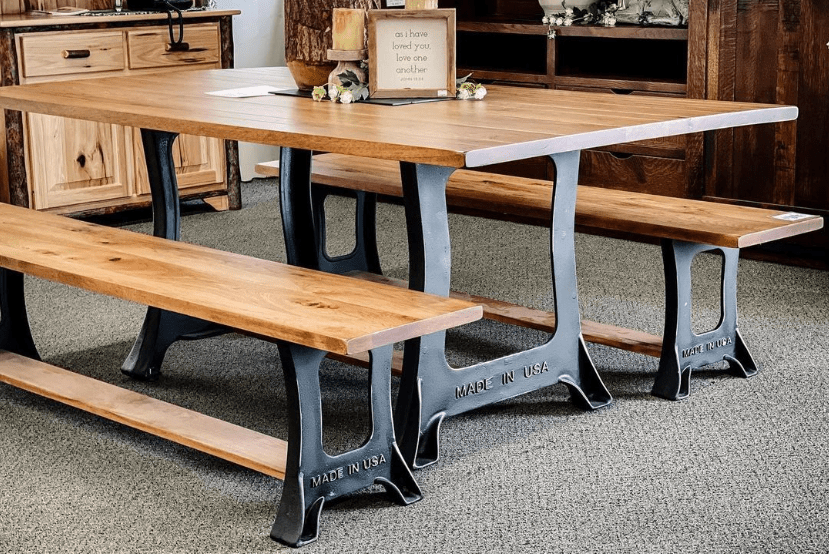
Hardwood Furniture vs. Particle Board Furniture
When searching for new furniture for your home it is important to understand the materials manufacturers use to construct their pieces. As you are browsing retail stores and online marketplaces, the wood-style furniture you are seeing typically falls into two categories: hardwood and particleboard. Each material has its pros and cons, let’s compare the two so you can make an informed decision as you refurnish your home.
Hardwood and Particle Board Materials
One of the biggest differences between hardwood and particle board is the construction of the material. Hardwood is just what it sounds like; wood that is typically finished with a stain and varnish. Hardwood furniture is made with a wide variety of wood species, our favorites including maple, oak, cherry, hickory, and quarter-sawn white oak.
Particle board resembles hardwood but is manufactured using sawdust and other wood scraps. These materials are bonded together with a resin and finished with a hardwood veneer, laminate, or paper to resemble a hardwood slab.
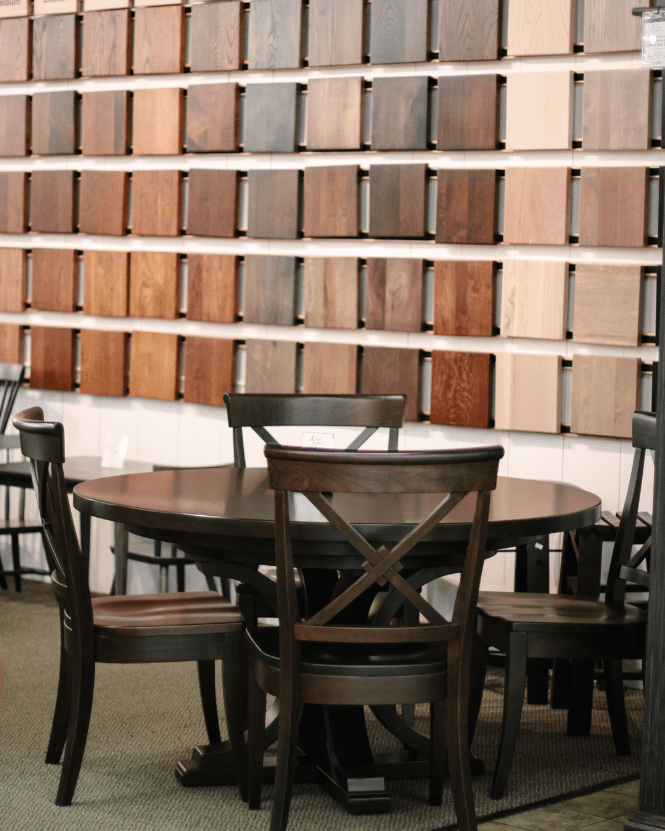
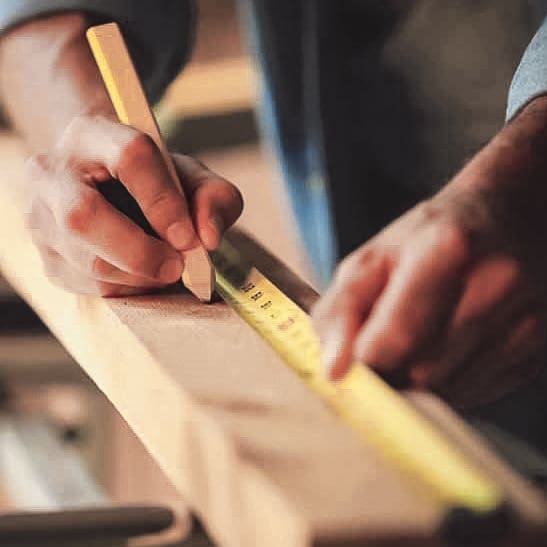
Material Strength
If you plan on using your furniture to store heavy items, it is important to know what materials will support the load. Since particle board is constructed of wood scraps and glued together with a resin, it is known to struggle under significant weight. Particle board is prone to sagging, which takes away from the desired aesthetic of your furniture and puts your valuables in danger.
Hardwood furniture, on the other hand, is very sturdy and easily holds heavy loads with proper construction. All hardwoods have different densities, so the amount of weight you need to support should inform your decision when you pick your furniture hardwood. Oak is typically the standard for supporting heavy loads, but maple and elm are also great options.
Look and Feel
Furniture material strength and durability are important, but those things lose their value if you aren’t happy with the furniture’s aesthetics. As we discussed earlier, particle board consists of scrap wood materials bonded with a resin and finished with a piece of laminate, wood veneer, or paper. While some particle board furniture is convincing, the laminate almost never truly replicates the look of natural wood. This veneer or laminate also sacrifices the feel of natural wood grains.
Hardwood furniture maintains the integrity of the wood with stains and varnishes enhancing the beautiful grains and natural imperfections. Each piece of hardwood furniture is unique, allowing homeowners to personally choose pieces that perfectly match what they are looking for.
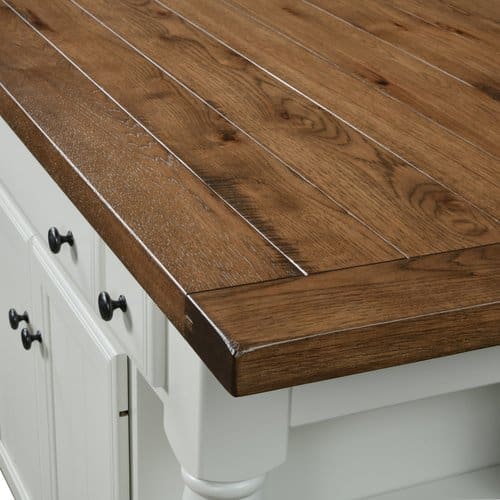
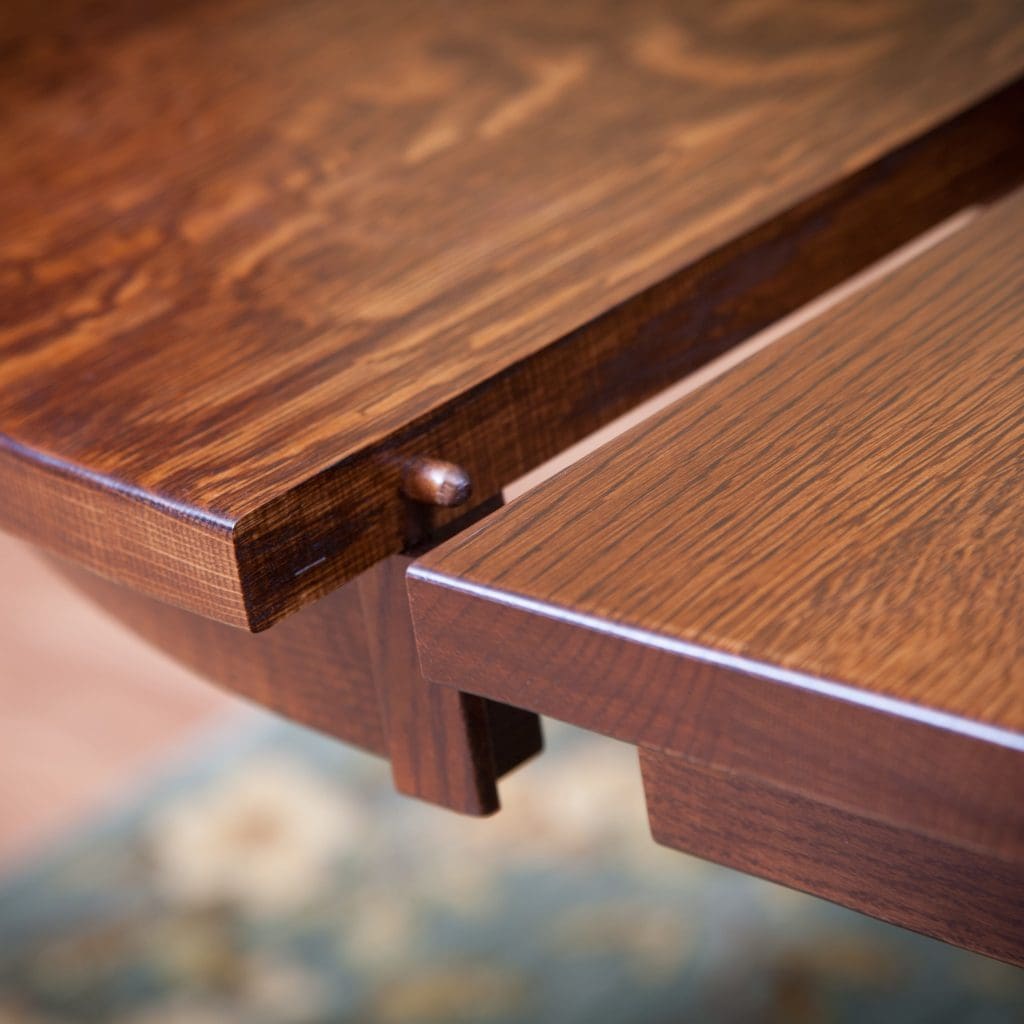
Durability
One of the biggest differences between particle board and hardwood furniture is durability. Particle board furniture is notorious for chipping, warping, and breaking under the stresses of being in the home. Particle wood is also susceptible to water damage. If water makes its way under the veneer or laminate, the wood particles expand. This can cause bubbling or even veneer detachment from the piece of furniture.
At King’s Impressions, we specialize in heirloom quality hardwood furniture that is built to last a lifetime. Hardwood furniture is heavier, which means it’s less prone to tipping over or being damaged by accidentally moving it. It’s also much denser than particle wood furniture, and stains and varnishes protect hardwood from spills and scratches.
Cost
Prices vary for both particle board and hardwood furniture depending on material and quality. As a general rule, you should expect hardwood furniture to cost more than particle board furniture. Particle wood is mass-produced and all finished with a similar veneer or laminate, while hardwood furniture is often handpicked by the manufacturer based on its density and grain. The low cost of particle board furniture can allow homeowners to purchase styles and designs they are looking for but wouldn’t be able to afford if they were built with hardwood.
The cost of hardwood furniture is also increased due to the building process. Hardwood furniture is built using more strict manufacturing techniques. While particle board furniture is often just fastened with lightweight dowels, hardwood furniture manufacturers utilize techniques like mortise and tenon joints, dovetail drawers, and hardwood dowels. The finishing process of hardwood furniture is also much more extensive. Boards need to be planed, sanded, and finished with a stain and varnish. Since particle boards come pre-finished with a veneer or laminate, this process is much less time-consuming.
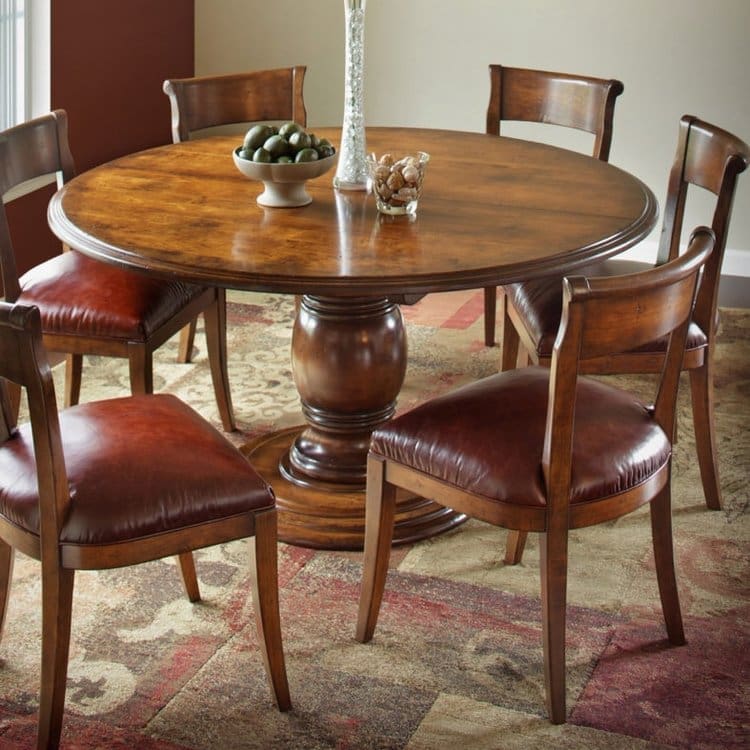
Hardwood furniture is an investment up front that can save you money in the long run. Particle wood furniture tends to wear out and needs to be replaced after 5 years or less. Hardwood furniture is built to last a lifetime and can often be passed down as a family heirloom.
Have you decided to invest in a piece of hardwood furniture? At King’s Impressions, our Amish craftsmen build hardwood furniture that is built to last a lifetime. Browse our furniture collections online, visit us at our retail store, or contact us to learn more!